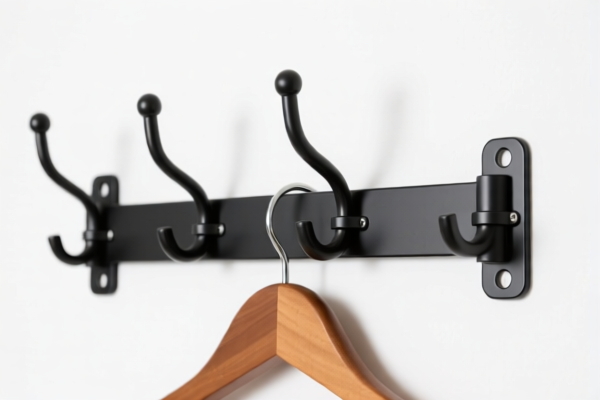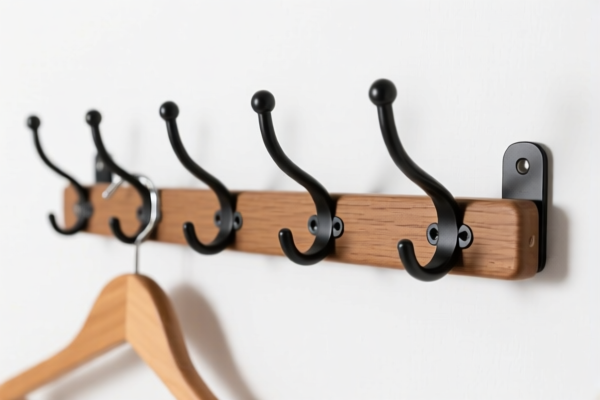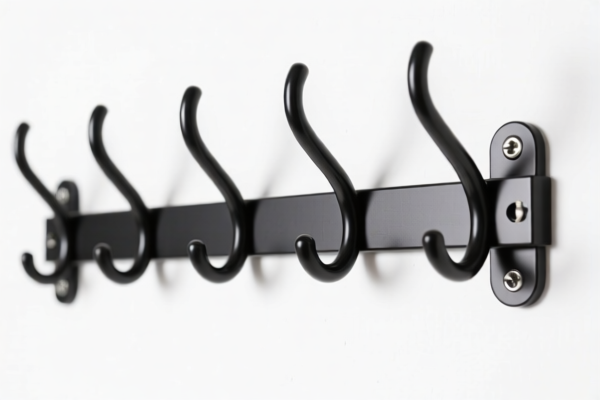| HS Code | Official Doc | Tariff Rate | Origin | Destination | Effective Date |
|---|---|---|---|---|---|
| 3925900000 | Doc | 60.3% | CN | US | 2025-05-12 |




Okay, let's break down the classification and tariff information for your declared goods, focusing on "HAY RACK" and the provided items. Since "HAY RACK" isn't directly listed, we'll analyze the provided HS codes to determine the most appropriate classification and potential implications.
Analysis of Declared Items & HAY RACK Classification
Based on your input, we have two items:
- Barbed wire of iron or steel; twisted hoop or single flat wire, barbed or not, and loosely twisted double wire, of a kind used for fencing, of iron or steel (HSCODE missing)
- Builders' ware of plastics, not elsewhere specified or included: Other (HSCODE: 3925.90.00.00, Total Tax: 60.3%)
Since you've declared "HAY RACK", we need to determine which of these, or potentially another HS code, is the most accurate. Here's a breakdown to help us:
Understanding HS Code Structure (First 6 Digits)
The HS code is a standardized system. Let's look at what the first two digits generally represent:
- Chapter (First 2 Digits): Broad category of goods.
- Chapter 39: Plastics and articles thereof. (This is relevant for the Builders' Ware item)
- Chapter 73: Iron or steel articles. (This is relevant for the Barbed Wire item)
- Heading (First 4 Digits): More specific grouping within the chapter.
- Subheading (First 6 Digits): Even more detailed classification.
Determining the Correct HS Code for HAY RACK
To classify "HAY RACK" accurately, we need to consider its material composition and primary function.
- If the HAY RACK is primarily made of metal (iron or steel): The Barbed Wire HS Code (missing in your data) is the more likely starting point. We'll need to find the correct HS code within Chapter 73. Common possibilities include codes for wire products, fencing, or general iron/steel construction articles.
- If the HAY RACK is primarily made of plastic: The 3925.90.00.00 HS code (Builders' ware of plastics, not elsewhere specified or included: Other) is the more appropriate choice. However, this is a broad category, and we need to ensure it accurately reflects the HAY RACK's specific construction and purpose.
Detailed Breakdown of 3925.90.00.00 (Builders' ware of plastics)
- 3925: Plastics, in primary forms; plastics in plates, sheets, film, foils, strips and the like.
- 3925.90: Other. This is a residual subheading for plastic builders' ware not specifically covered elsewhere.
- 3925.90.00.00: This is the most detailed level of classification.
Tax Implications (3925.90.00.00):
- Basic Tariff: 5.3%
- Additional Tariff: 25.0% (until April 2, 2025)
- Additional Tariff (after April 2, 2025): 30.0%
- Total Tax: 60.3%
Recommendations & Next Steps
- Material Confirmation: Crucially, confirm the primary material of the HAY RACK (metal or plastic). This is the most important factor in determining the correct HS code.
- Detailed Product Description: Provide a more detailed description of the HAY RACK's construction. For example:
- Is it a simple wire rack?
- Does it have a plastic coating?
- Is it assembled or disassembled?
- What are its dimensions and weight?
- Find the Correct HS Code for Metal HAY RACK (if applicable): If the HAY RACK is metal, research HS codes within Chapter 73 related to:
- 7310: Iron or steel wire, not elsewhere specified or included.
- 7313: Fencing, barbed or not.
- 7308: Structures and parts of structures of iron or steel.
- Check for Specific Exclusions/Inclusions: Review the full text of the HS code headings and subheadings to ensure the HAY RACK is correctly classified.
- Consider Certifications: Depending on the final HS code, you may need specific certifications (e.g., for safety standards, material composition). Please inquire about required certifications based on the determined HS code.
- Declare Single Price: Ensure the declared single price is accurate.
Disclaimer: This information is for general guidance only. The final HS code determination rests with customs authorities. It is always recommended to consult with a licensed customs broker or seek a binding ruling from customs for definitive classification.
Customer Reviews
The detailed explanation of the HS code 3925.90.00.00 and the breakdown of the tax rates was extremely useful. I'm glad I found this site before shipping my goods.
It was a bit confusing when the HAY RACK wasn't directly listed. I had to dig through the details to find the right HS code. Still, it was worth the effort.
The breakdown of the tariff rate and the effective date was helpful. I was able to plan my export costs better with this information.
The HS code 3925.90.00.00 was very clear, and the tariff rate of 60.3% was easy to understand. Great help for exporting plastic hay racks to the US.